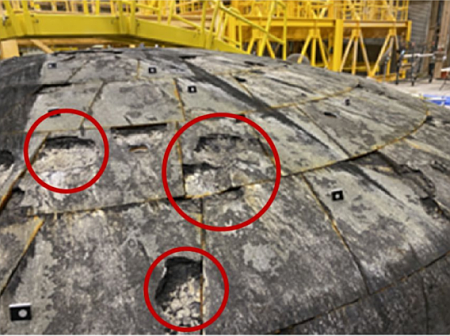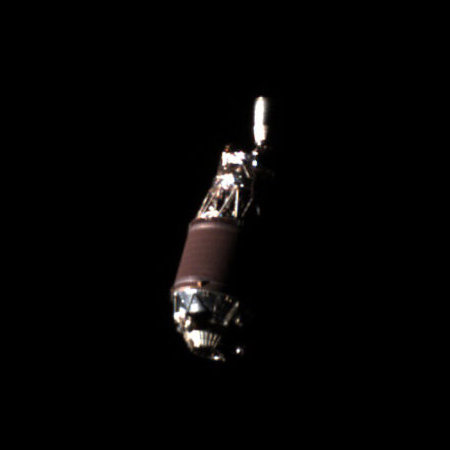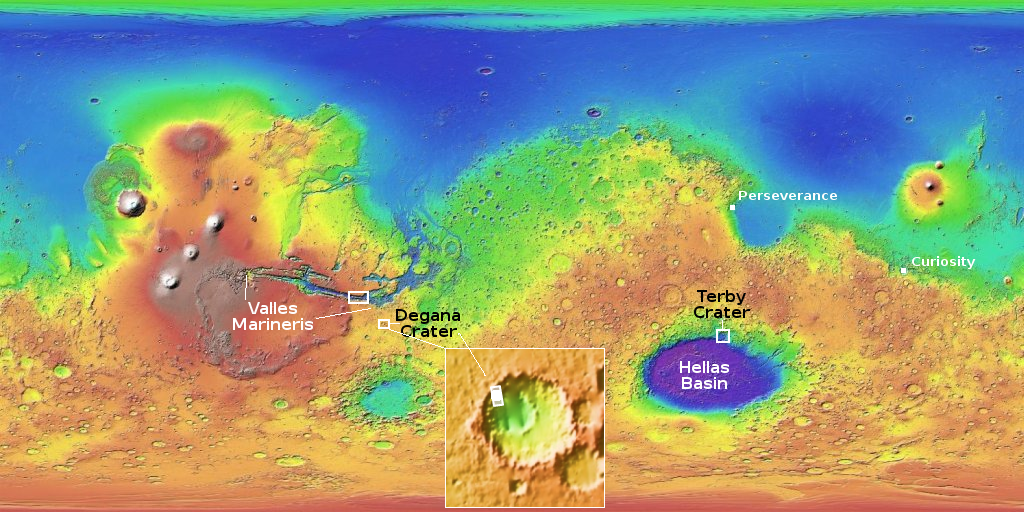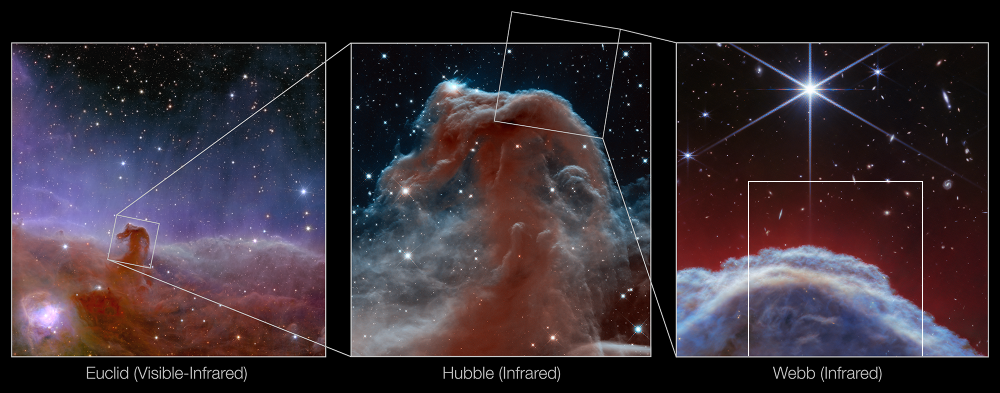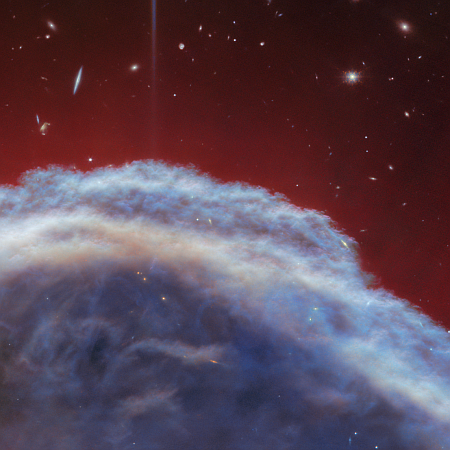May 2, 2024 Quick space links
Courtesy of BtB’s stringer Jay. This post is also an open thread. I welcome my readers to post any comments or additional links relating to any space issues, even if unrelated to the links below.
- NASA administrator Nelson begs Congress for more money
You could record his testimony and play it again for every budget hearing now and into the far future. NASA administrators, no matter which party appointed them, always beg for more money at budget hearings.
- NASA unhappy that others are reviewing its Artemis program
Good analysis by Eric Berger, though I think he gives the IG and other review agencies that look over NASA’s shoulders too much credit. Quite often in the past two decades these review agencies have couched their reports in ways that helped NASA hide the problems at Artemis. It is good they exist, but the press should be looking over their shoulders as well.
Courtesy of BtB’s stringer Jay. This post is also an open thread. I welcome my readers to post any comments or additional links relating to any space issues, even if unrelated to the links below.
- NASA administrator Nelson begs Congress for more money
You could record his testimony and play it again for every budget hearing now and into the far future. NASA administrators, no matter which party appointed them, always beg for more money at budget hearings.
- NASA unhappy that others are reviewing its Artemis program
Good analysis by Eric Berger, though I think he gives the IG and other review agencies that look over NASA’s shoulders too much credit. Quite often in the past two decades these review agencies have couched their reports in ways that helped NASA hide the problems at Artemis. It is good they exist, but the press should be looking over their shoulders as well.

